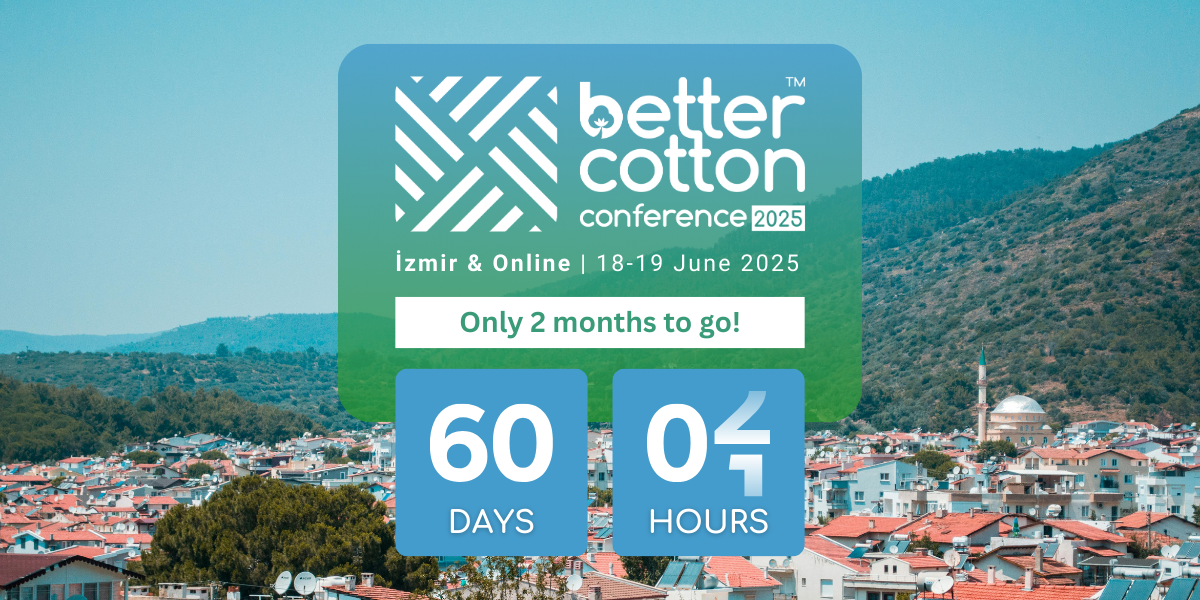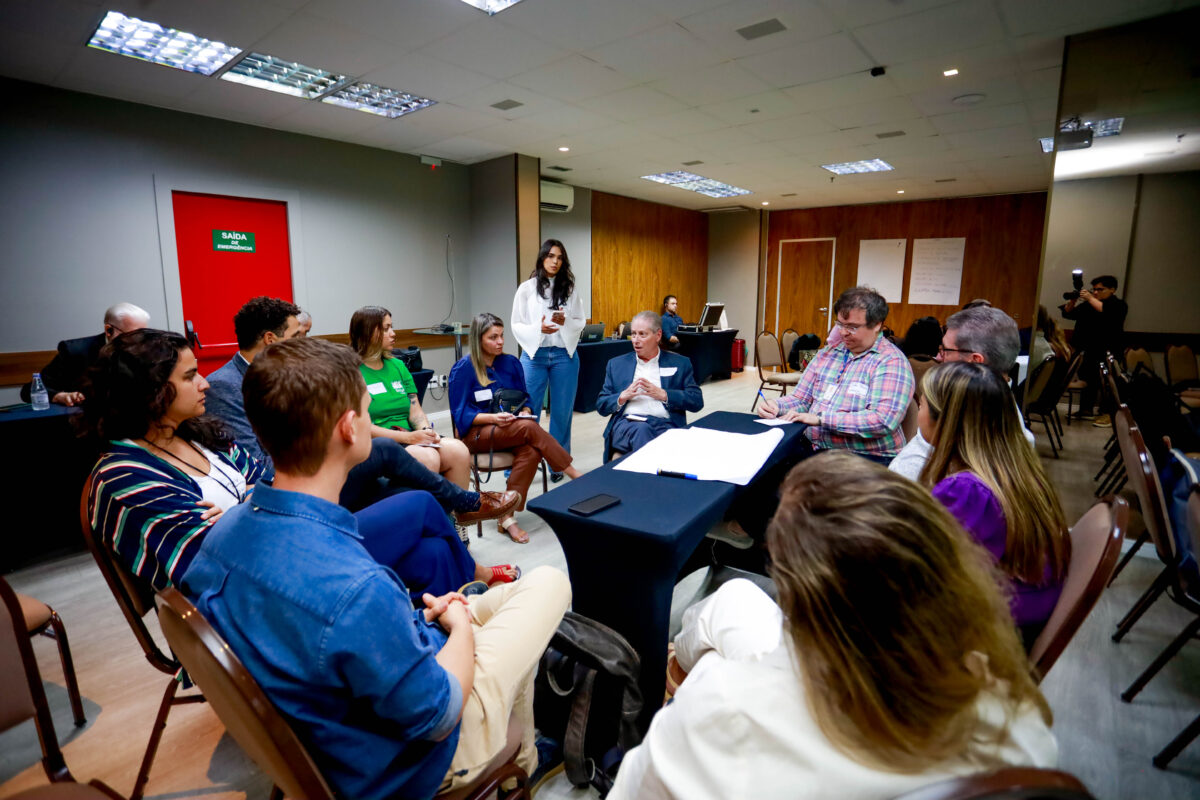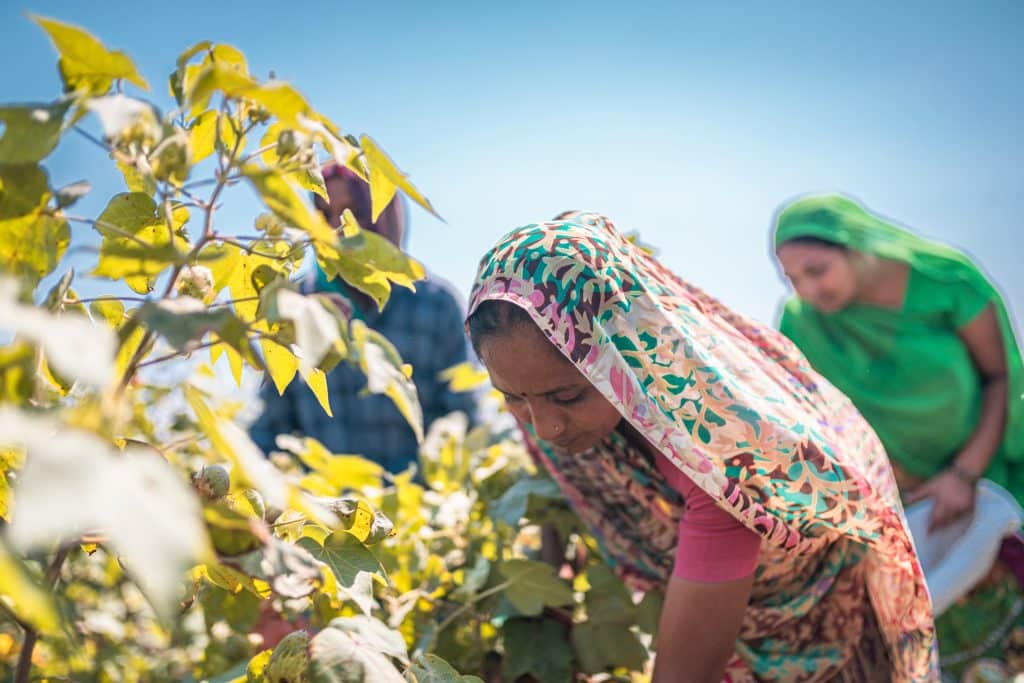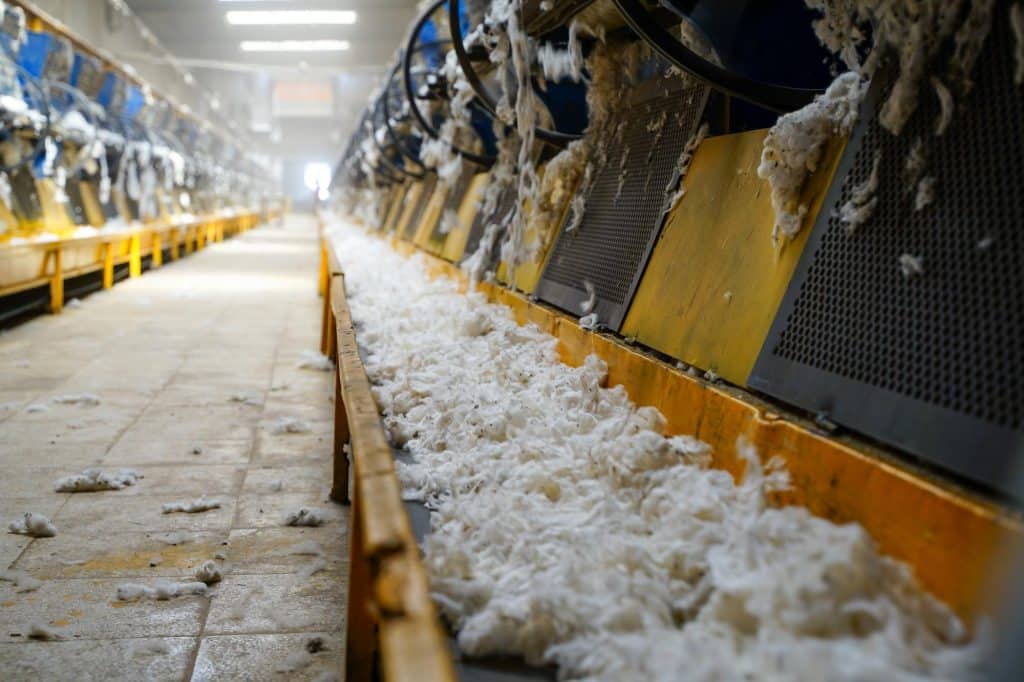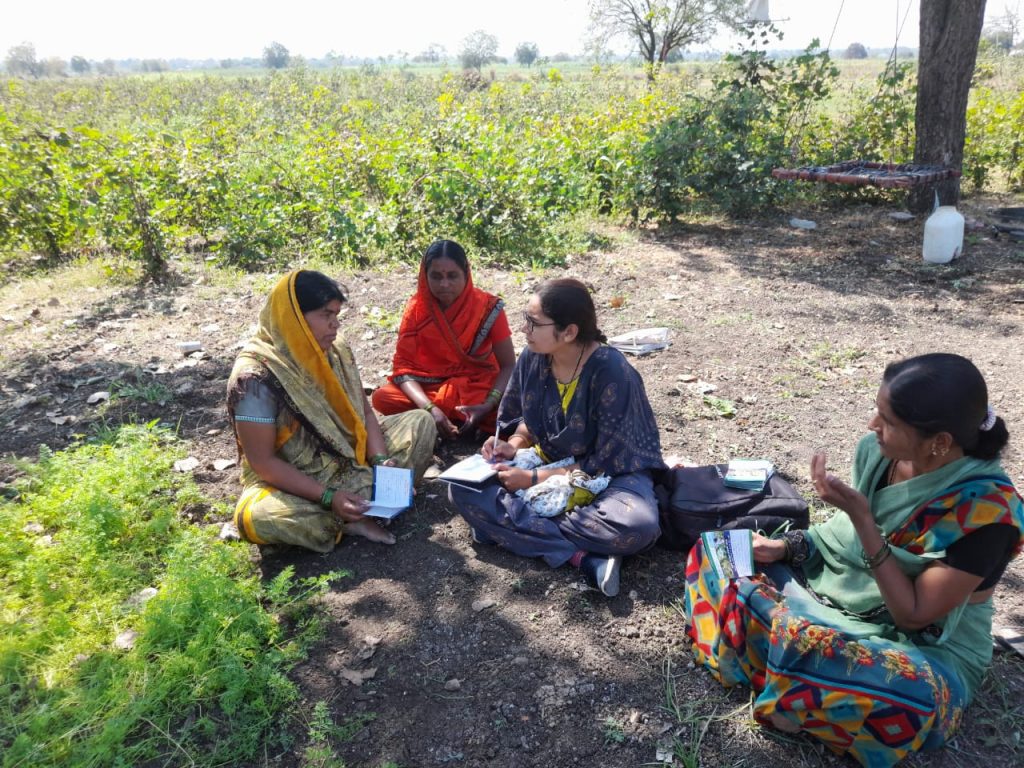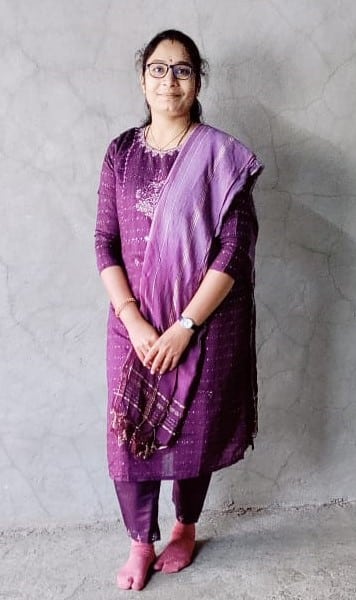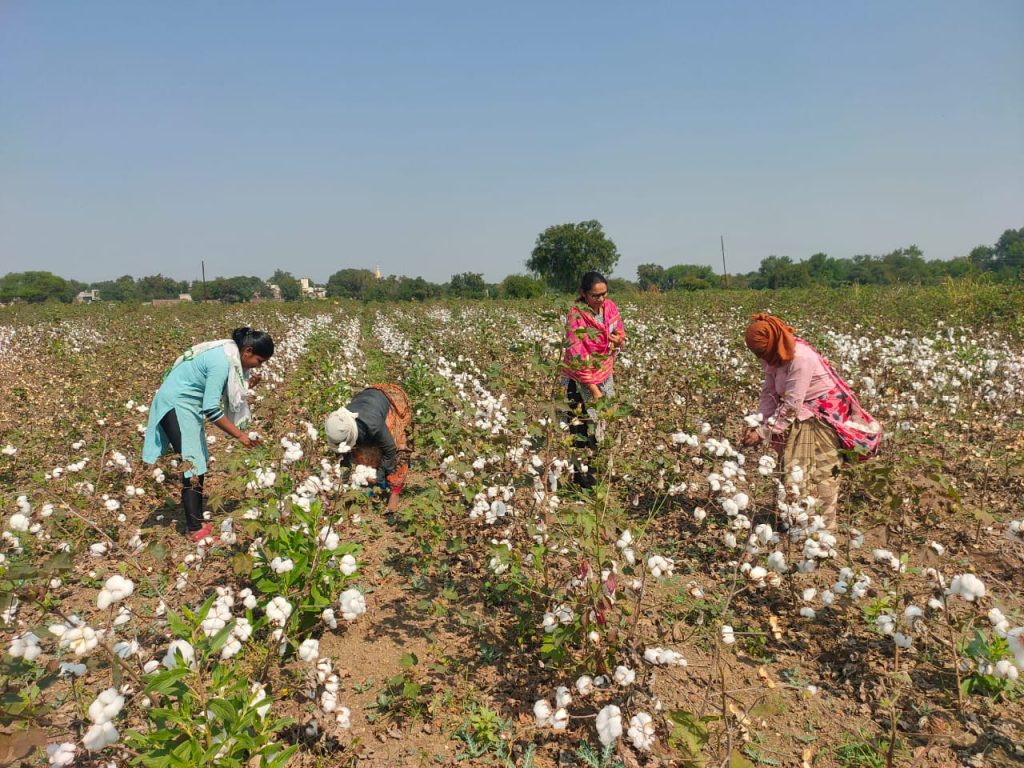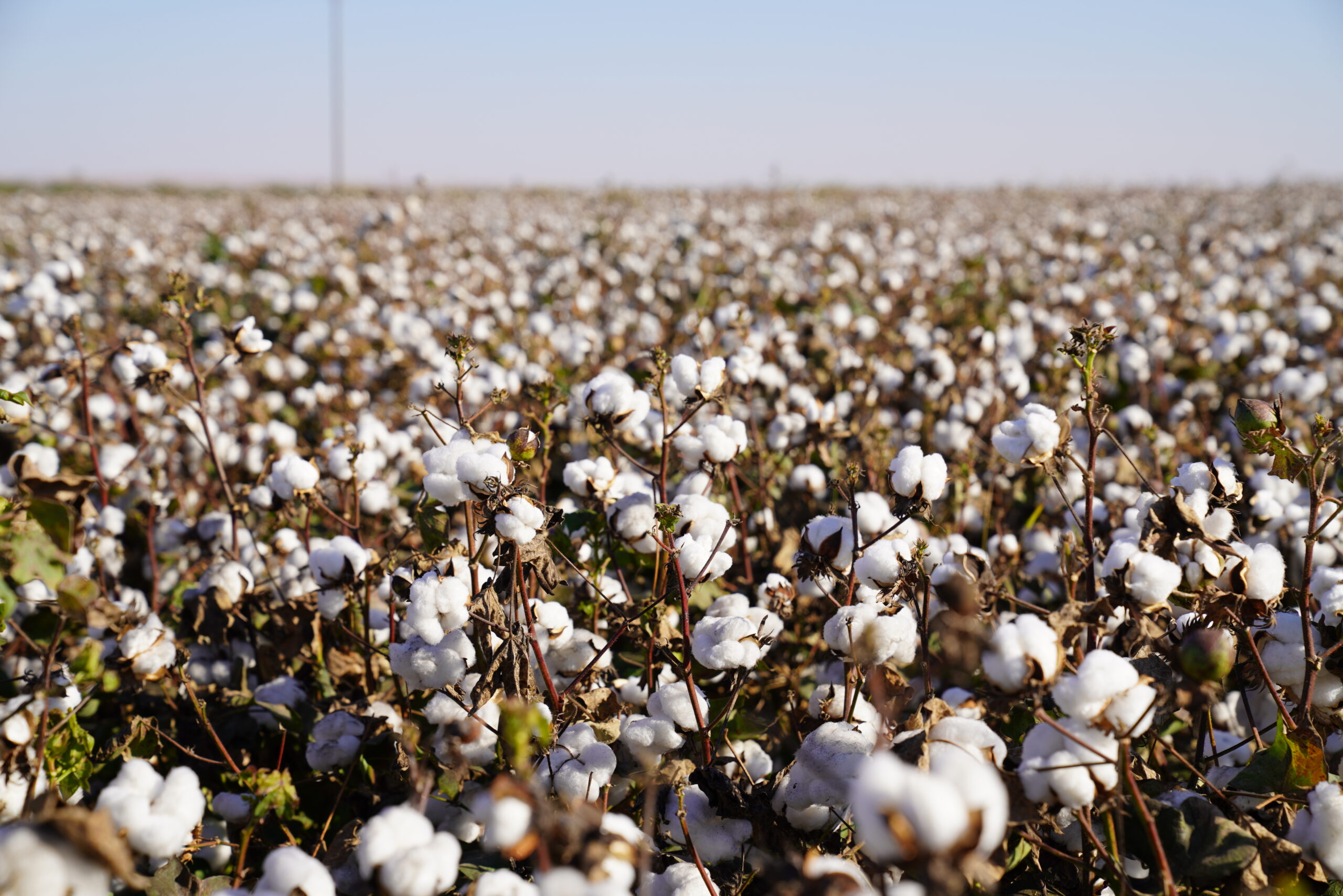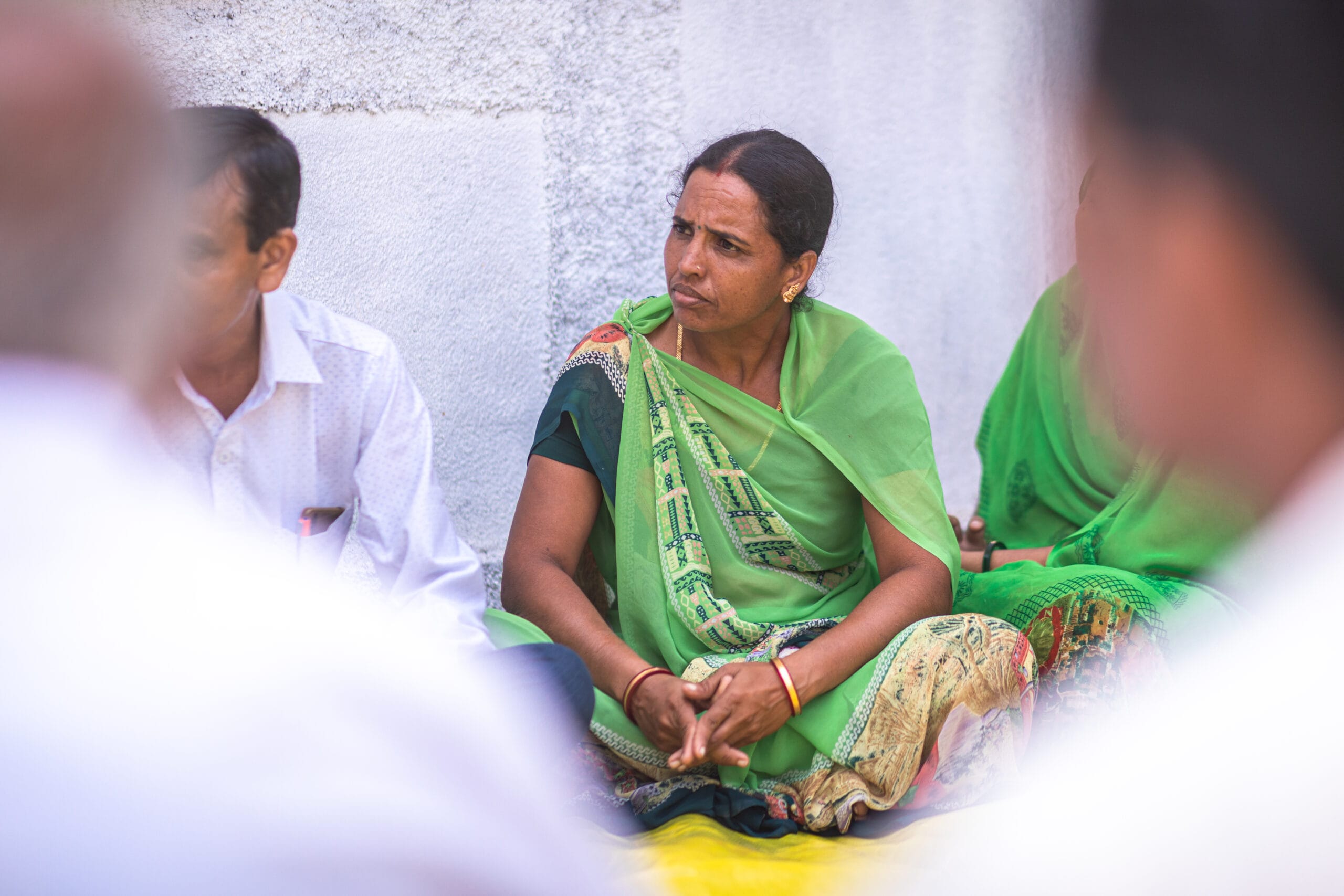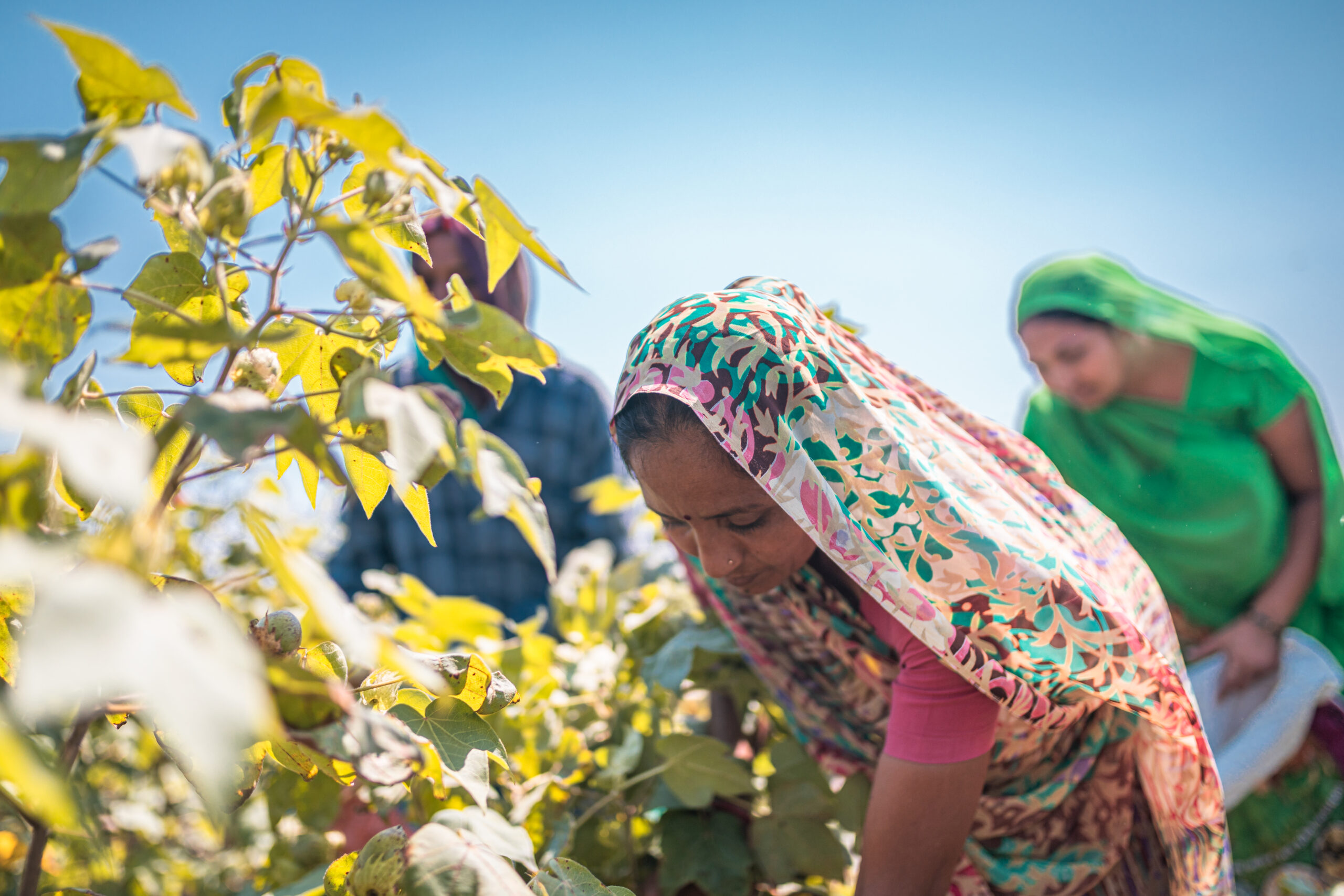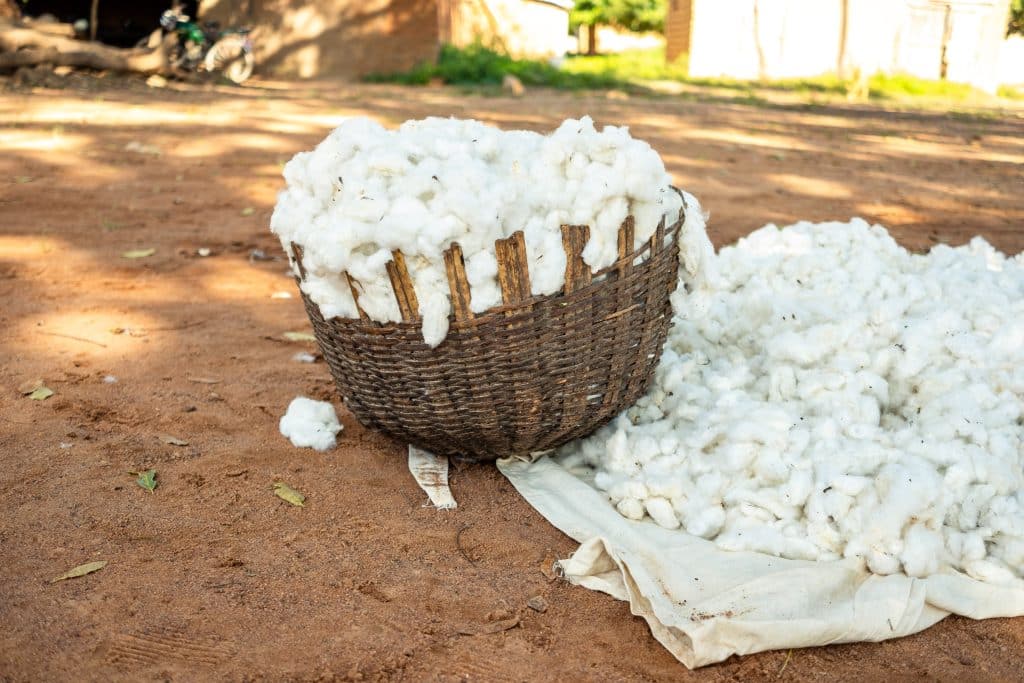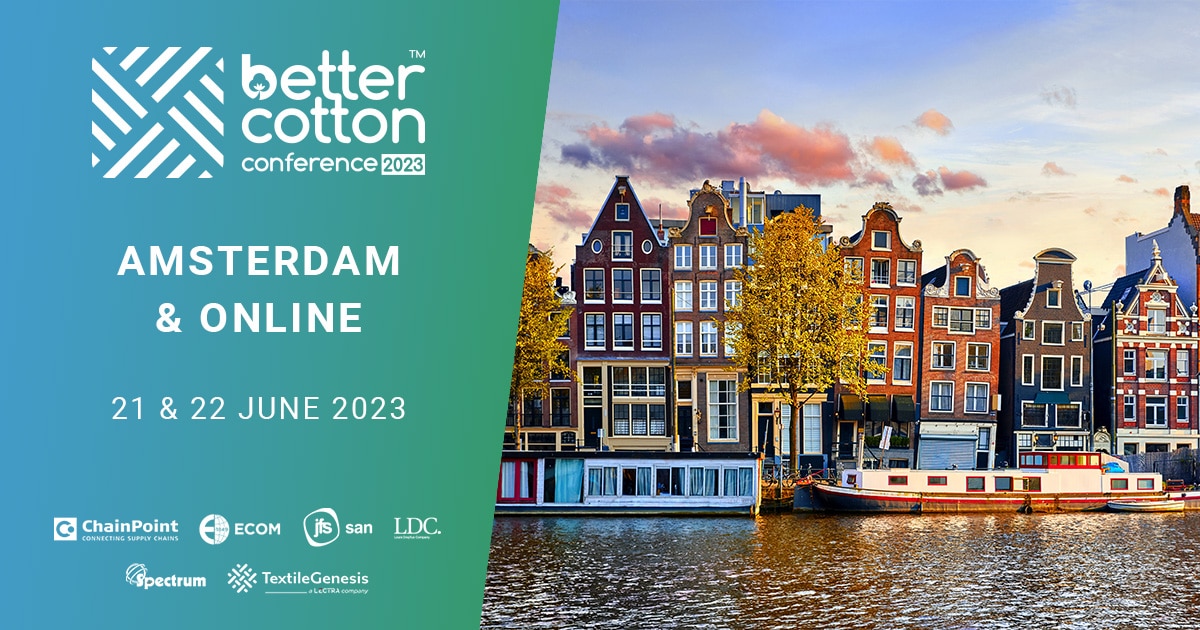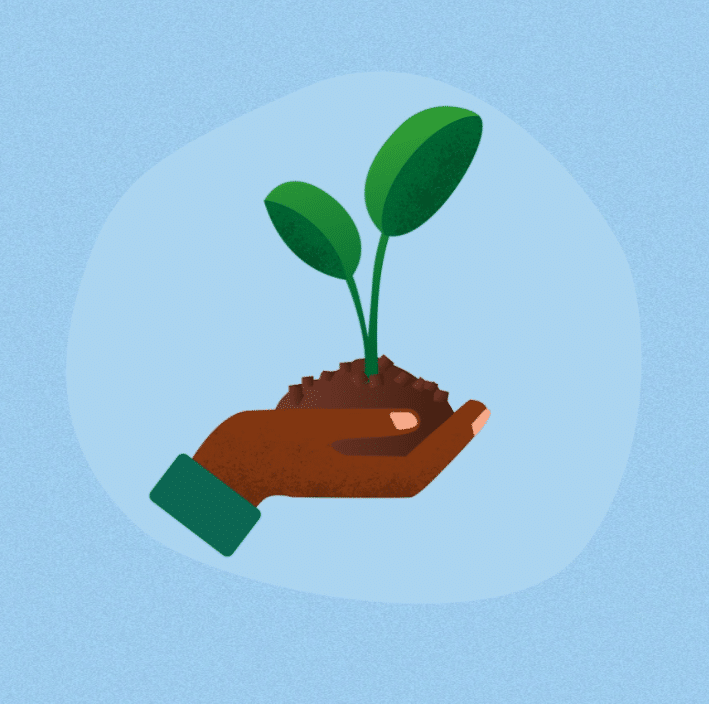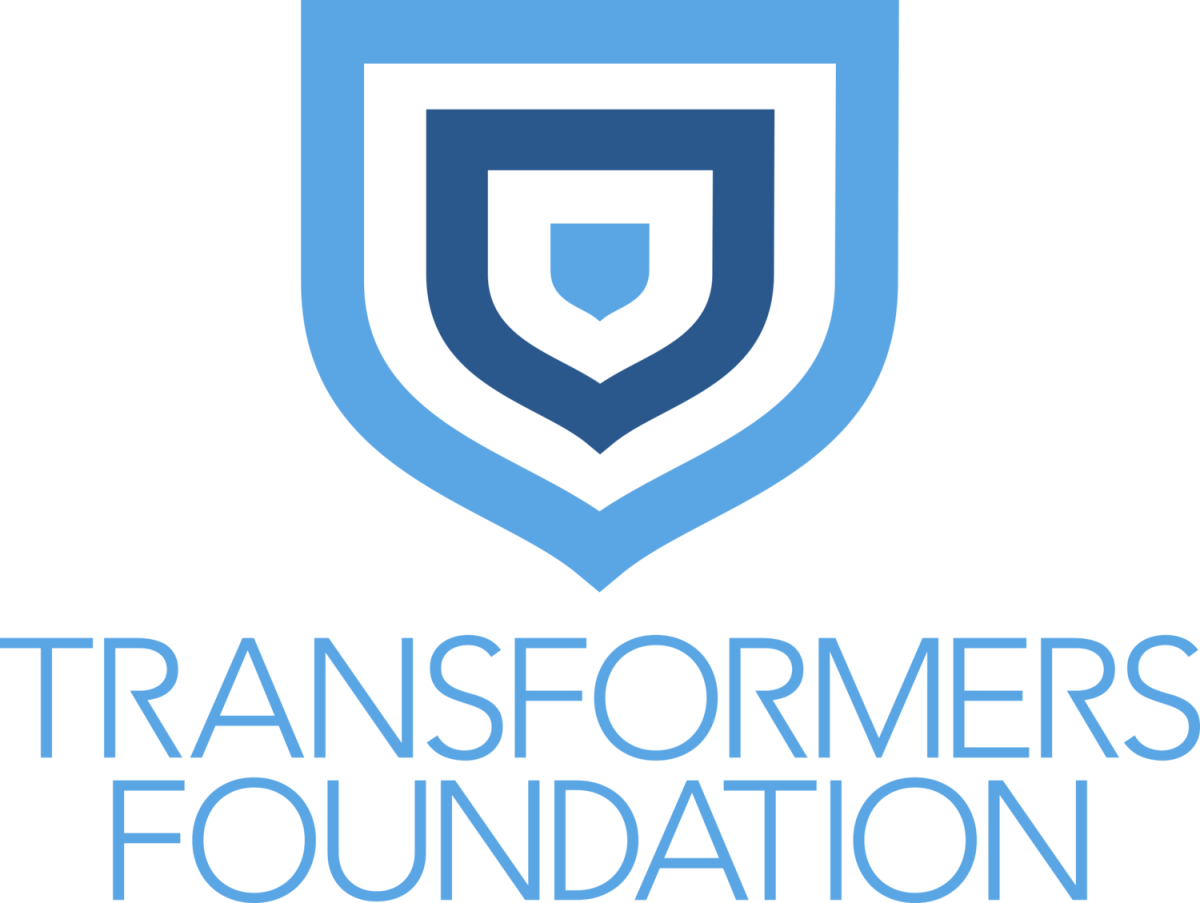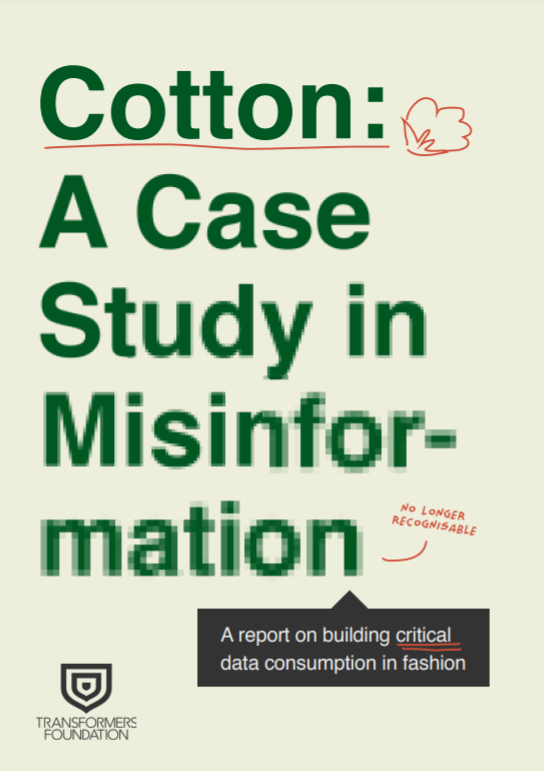Better Cotton Conference 2025: Only Two Months Until Our Annual Gathering
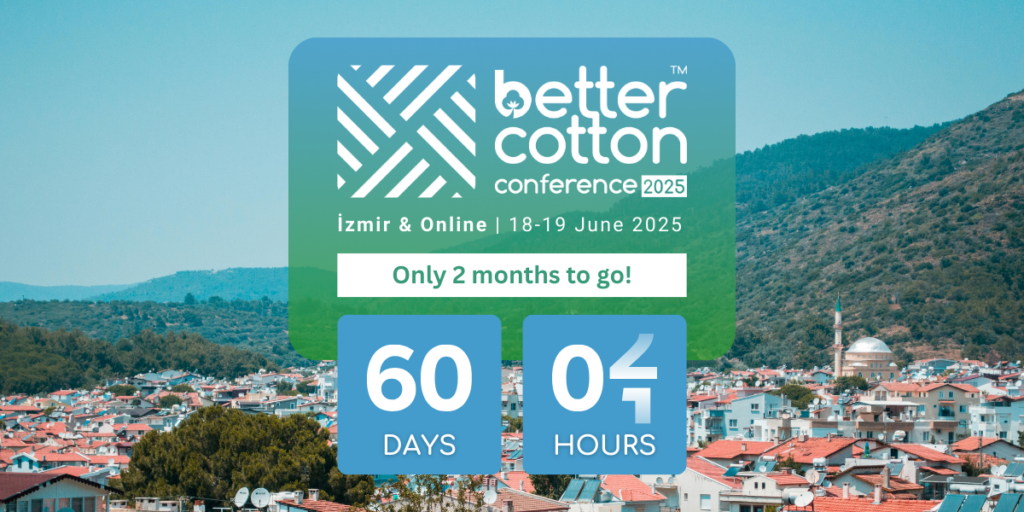
As we write these lines, our live countdown says 61 days, 16 hours, and 29 minutes… This means we are just two months from the Better Cotton Conference 2025, which takes place in the city of İzmir, Türkiye, on 18-19 June. We look forward to welcoming retailers, farmers, and other representatives of the cotton industry to this year’s event and wanted to take this opportunity to look at the busy agenda that will fill the two days of presentations and discussions – whilst we put the finishing touches to what promises to be one of the most important conferences we have held so far.
From supporting farmers and their communities to exploring how data can best help us shape the future of sustainable cotton, the 2025 Conference will come at a pivotal moment for Better Cotton and our community. With the recent implementation of our traceability programme and the launch of our certification system in early 2025, we have taken decisive steps towards greater efficiency, better engagement and improved accountability. We are now ready to take a leap towards an even more impactful Better Cotton.

Two transformative days
Our agenda reflects both our new approaches to more sustainable cotton and our solid and historical commitments. For all participants, it will represent a unique opportunity to connect with our work and to their peers’ experiences at this eventful time in the history of Better Cotton and the cotton sector as a whole. Below you can find a quick summary of the highlights of the conference, with much more yet to be announced.
Day One – Morning
Equality – There can be no path towards proper sustainability in the cotton sector without significant efforts for more equality. From the workers’ basic rights to supporting women wherever they face discrimination and restrictions, Better Cotton has intensified its efforts and searched for solutions, even in the most challenging of environments. Our plenary session will discuss livelihoods in the broader sense, but with specific targets in mind and a clear mission: to transform the lives of those working to produce our cotton. Other sessions will explore the current challenges we face as we seek to reach gender equality and secure decent work at the farm level and other stages of the supply chain.
Day One – Afternoon
Nature – If the environment is not sustainable, nothing else on our planet will be. This is a conviction that drives us in every single project and action we take in the more than 20 countries where Better Cotton operates. After lunch on our first day of debates, we will dive deeply into the most recent concerns, difficulties, victories, and future paths we need to take in order to continue to improve how cotton production interacts with the environment. We all know that the use of water must be balanced, that cotton farming must not provoke or benefit from deforestation, and that chemicals must be replaced by much less harmful or harmless pesticides. At the 2025 Conference, we will first discuss how the efforts to protect the environment can be paid for, and then explore the importance of biodiversity, discuss the potentially transformational impact of regenerative agriculture, and finally debate what we all wished we didn’t have to: how to adapt to and mitigate the already felt effects of climate change.
SCENES FROM THE BETTER COTTON CONFERENCE 2024, ISTANBUL
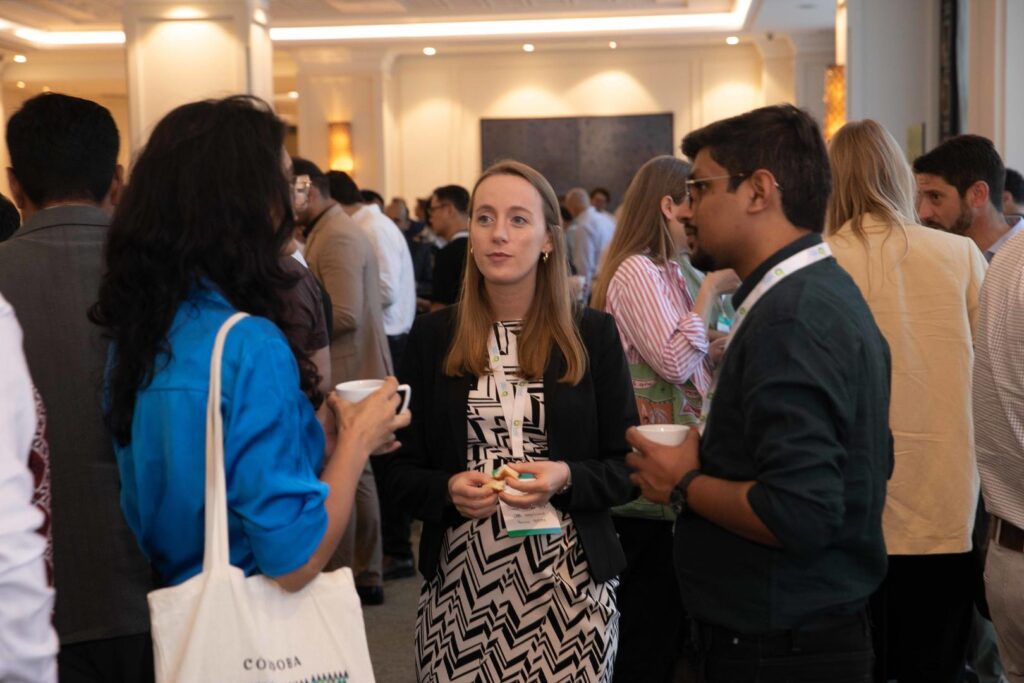
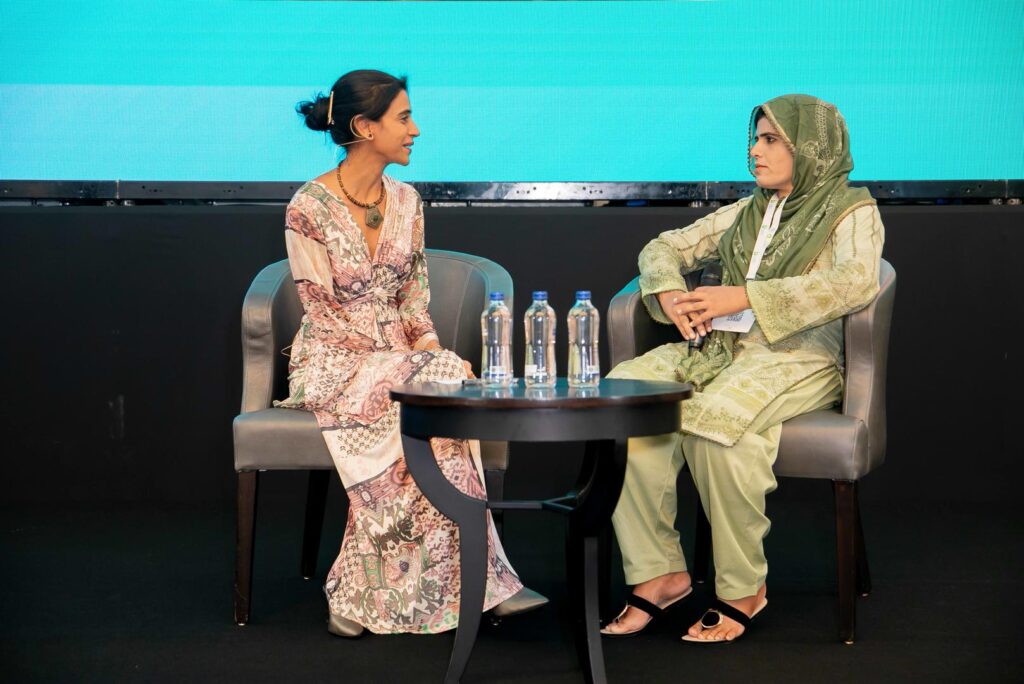



Day Two – Morning
Data for Impact – Who is afraid of technology? And who is not? Even if some of us are anxious about the change that new and emerging technologies can bring, now is the best time to be positive and embrace all the new possibilities that have been offered to our sector by data and digitalisation. The morning of the second day of our conference will explore everything that digital technology and the data it provides can do to help improving sustainability in the cotton industry, from identifying possible issues, so they can be solved, to highlighting achievements. This will also provide us with the opportunity to understand how digital capabilities will ensure the success of our Traceability programme. After these discussions, we are confident that everyone in the room should be convinced that, when used well, technology can be one of our best friends.
Day Two – Afternoon
It is all about the future – At Better Cotton we are always looking ahead, finding new ways of improving our actions around the world towards more sustainable cotton. The final sessions of our 2025 Conference will explore the new paths to be taken as part of our mission: certification, engagement that involves different commodities, and regenerative agriculture are all part of our next priorities, and in İzmir we will be able to share all of that with you and receive your invaluable contributions to make our future plans a reality.
The next two months will fly by, so get ready! We look forward to welcoming you at Better Cotton Conference 2025.
Read more


